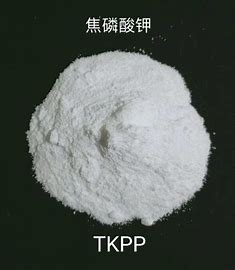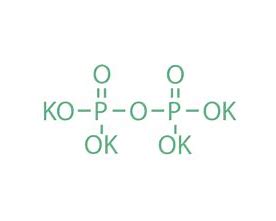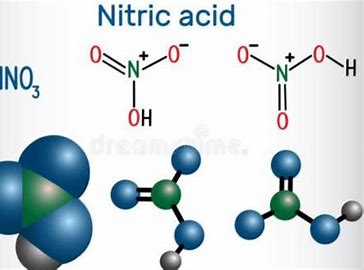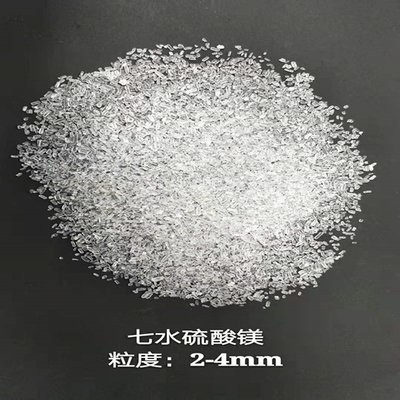reactions of dimethyl disulfide
Physical and Chemical Properties of Dimethyl Disulfide
Dimethyl disulfide (DMDS) is widely known in both industrial and scientific circles for its distinct attributes. Its unique chemical framework and physical properties underlie its utility in numerous applications, from petrochemical catalyst activation to agricultural fumigation.
Chemical Structure and Formula
The molecular structure of DMDS, represented as CH₃SSCH₃, embodies its key functional attribute: the presence of a disulfide bond (-S-S-). This sulfur-sulfur linkage is particularly reactive, making DMDS a popular reagent in chemical processes where sulfur transfer is essential. Each methyl group (CH₃) on either side of the disulfide bond contributes to its stability and hydrophobic character, while also influencing its volatility and distinctive odor.
The disulfide bond is the chemical backbone driving the behavior of DMDS. It readily breaks and reforms in chemical reactions, especially under heat or catalytic conditions. This reactivity is what enables DMDS to generate hydrogen sulfide (H₂S) during certain reactions, an application used extensively in industries like oil refining. If you’ve ever wondered why DMDS smells like garlic, it’s because compounds containing sulfur often release volatile molecules that interact strongly with olfactory receptors.
dimethyldisulfide.jpg)
Physical Properties
DMDS exhibits a combination of physical characteristics that make it practical for industrial use. Most of its properties are directly tied to its molecular arrangement:
- Melting Point: -85°C (-121°F), meaning it remains a liquid in most environmental conditions.
- Boiling Point: 109°C (228°F), relatively low for a sulfur compound, which facilitates its use in vapor-phase processes.
- Density: Approximately 1.062 g/cm³ at 20°C, slightly denser than water, giving it noticeable weight when handled as a liquid.
- Solubility: Poorly soluble in water but readily mixes with organic solvents like benzene or ethanol, enhancing its flexibility in industrial chemical formulations.
- Flammability: Flammable, with a flash point around 29°C (84°F). This requires careful storage and handling, especially in environments with open flames or high temperatures.
These properties combine to make DMDS a versatile yet manageable substance. For example, its liquid state at room temperature simplifies transport and application, while its high volatility ensures rapid dispersal in gaseous applications such as fumigation or catalyst treatments. However, its flammability means strict safety protocols are essential during use.
Despite its strong odor and reactive nature, DMDS balances usability with efficiency when handled correctly. Why is this important? Because understanding its properties is the first step in unlocking its immense industrial potential.
Key Reactions of Dimethyl Disulfide
Dimethyl disulfide (DMDS) undergoes a range of chemical reactions due to its highly reactive disulfide bond (-S-S-). These reactions make it incredibly useful in both research and industrial settings. Let’s break down some of the most notable reactions and their implications.
Chlorination Reactions
When DMDS reacts with chlorine, it forms two main products: methanesulfenyl chloride (CH₃SCl) and methanesulfonyl chloride (CH₃SO₂Cl). These compounds are key intermediates in organic synthesis.
- Methanesulfenyl chloride is used in making certain sulfenamides, valuable in pharmaceutical and polymer chemistry.
- Methanesulfonyl chloride, on the other hand, serves as a precursor in producing sulfonamides and other valuable organosulfur compounds.
These chlorination products are particularly significant in industries involving agrochemicals and specialized materials. The reaction typically takes place under controlled conditions to manage its violent exothermic nature.
Oxidation Reactions
DMDS reacts effectively with oxidizing agents like hydrogen peroxide (H₂O₂) or peracetic acid to form methyl methanethiosulfinate (CH₃S(SO)CH₃). This product has garnered attention for its role in various industrial processes.
- Oxidation with hydrogen peroxide is environmentally friendly since water is the primary byproduct.
- The resulting methyl methanethiosulfinate is commonly used in the synthesis of fine chemicals due to its sulfur-rich functionality.
These reactions demonstrate how DMDS’s reactive characteristics can be tuned for both green chemistry and high-performance industrial needs.
Catalytic Decomposition
Under catalytic conditions—such as in the presence of transition metal catalysts—DMDS decomposes into hydrogen sulfide (H₂S) and methane (CH₄). This decomposition is critical in industries like petrochemical refining.
- The generated hydrogen sulfide is crucial for sulfiding catalysts in processes such as hydrocracking, which breaks down large hydrocarbons.
- The methane byproduct adds value as a fuel or feedstock in other chemical reactions.
This process is widely used because it is efficient and cost-effective, especially in large-scale operations. It showcases the synergistic relationship between DMDS and modern industrial catalysts.
Each of these reactions highlights the versatility of DMDS as a reagent. Whether through halogenation, oxidation, or decomposition, its chemical behavior continues to fuel innovation across multiple sectors.
Conclusion
Dimethyl disulfide showcases remarkable versatility across various chemical reactions, driving innovation in industries like petrochemicals, agriculture, and materials science. Its reactive sulfur-sulfur bond is the foundation for its effectiveness, whether generating hydrogen sulfide for catalyst activation or forming intermediates in organic synthesis.







